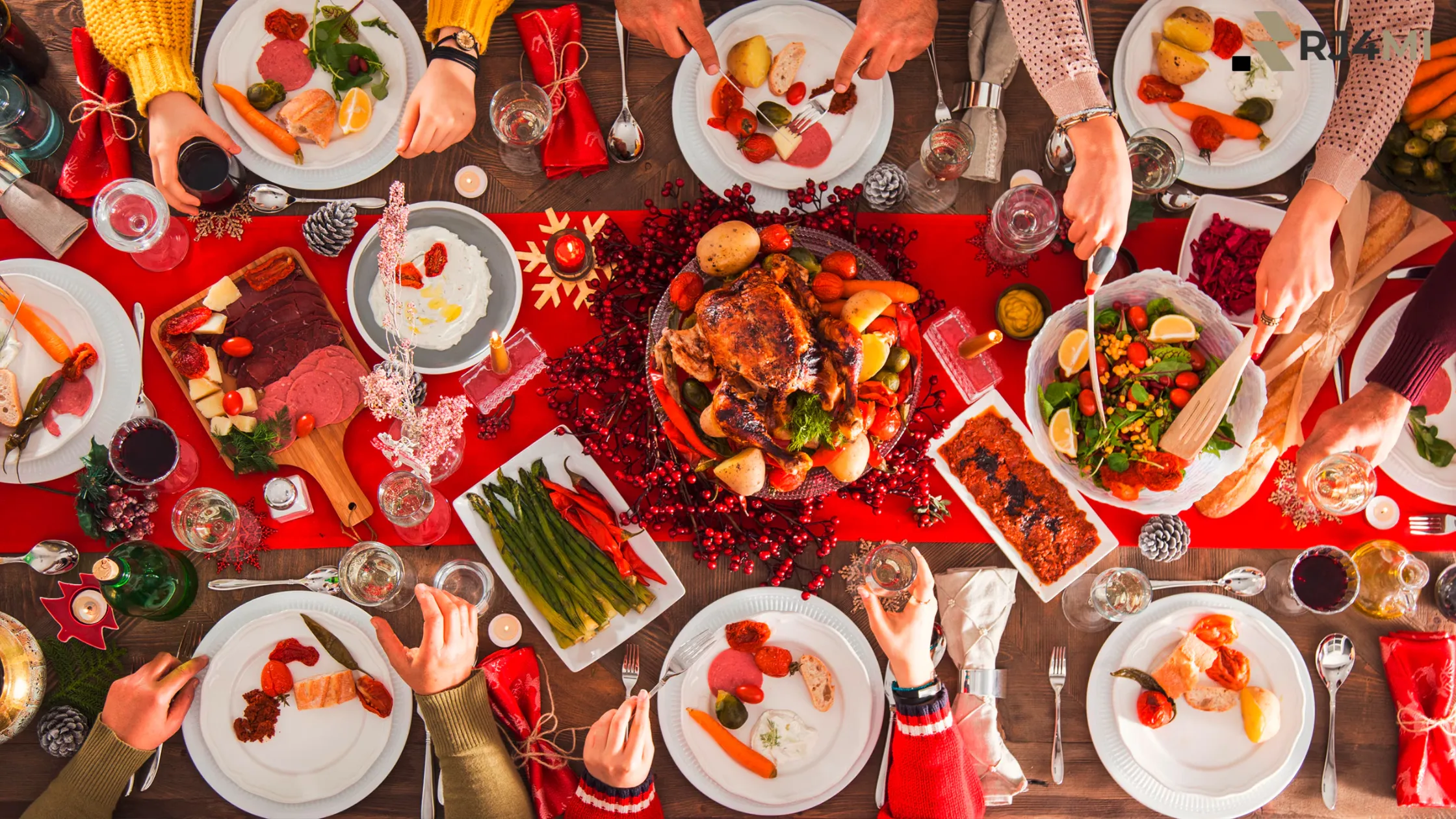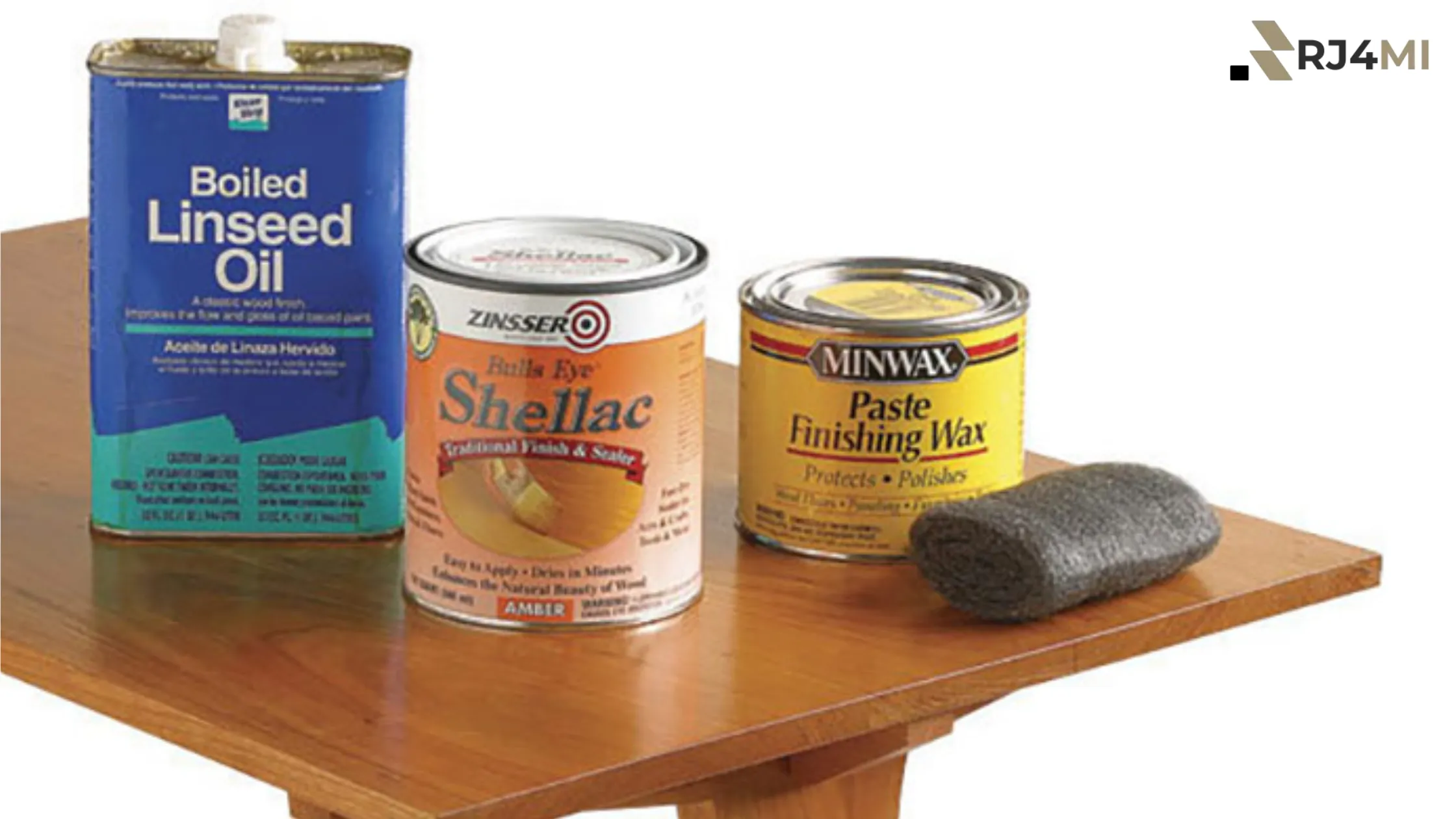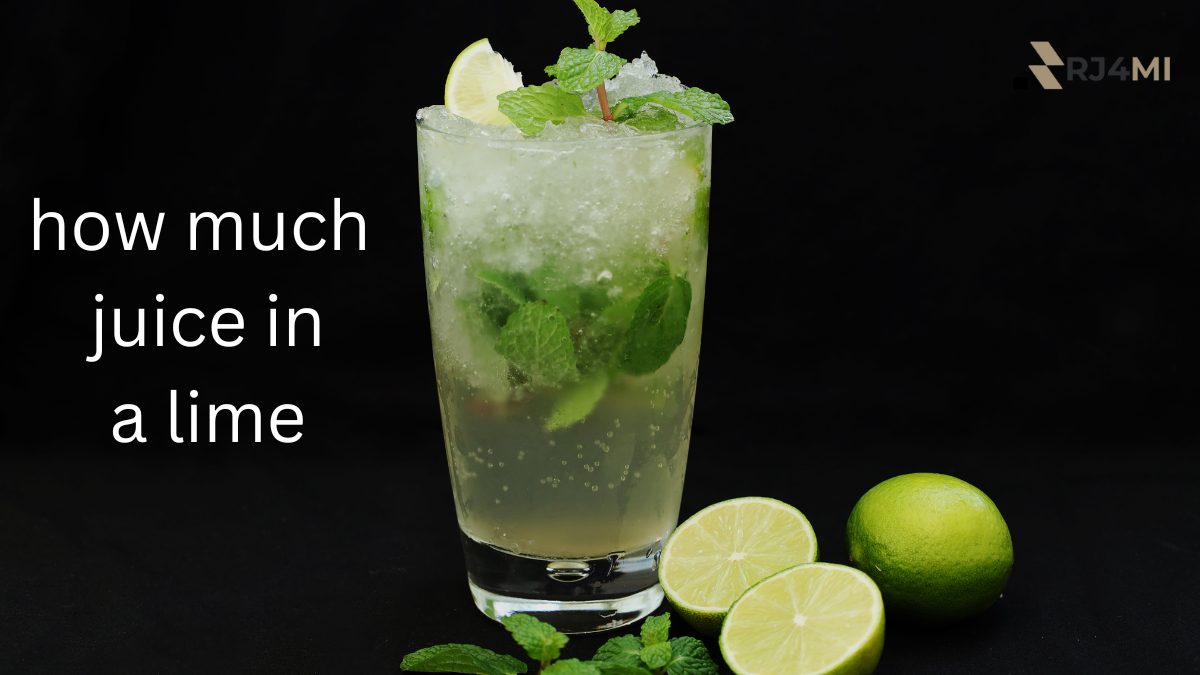Table of Contents
The Philippines has 7,000 islands, making food a key part of life. It’s not just about eating; it’s about culture, identity, and celebration. Celebratios and traditions food in the Philippines is a vibrant blend of flavors influenced by various cultures, making Filipino cuisine unique, rich, and diverse.
Food is key in Filipino celebrations. It could be a traditional dish shared with family and friends. Or, it might be a meal at a restaurant during the fiesta. In the Philippines, food goes beyond just eating. It connects people, shares stories, and respects Filipino traditions.
Traditional Filipino Dishes: A Taste of Heritage
Savoring the Best Filipino Dishes
Filipino food is loved worldwide for its amazing diversity. Traditional dishes are passed down through generations. Filipino cuisine is a journey of flavors. It features the iconic lechon (roast pig), savory pancit (noodles), and hearty sinigang (sour soup). Each dish shows the Philippines’ rich history and values.
It mixes soy sauce, fish sauce, and vinegar with fresh ingredients like pork belly, shrimp paste, and lemongrass. These dishes are at the heart of Filipino celebratios and traditions food in the Philippines, ensuring that food continues to bring people together.
Signature Filipino Dishes That Define the Culture
Among the many Filipino dishes, certain dishes have become synonymous with Filipino culture and are integral to celebratios and traditions food in the Philippines. Adobo, made with marinated chicken or pork, is considered the unofficial national dish.
The tender meat cooks slowly in a tangy sauce made with vinegar, soy sauce, garlic, and spices. It has a rich, savory flavor that reflects the food traditions of the Philippines. Kare-kare is a rich stew made with peanut sauce and vegetables like string beans, eggplant, and banana flowers. It’s often served on special occasions and during festive celebrations.
Celebratios and Traditions Food in the PhilippinesCelebratios in the Philippines: Food as the Centerpiece
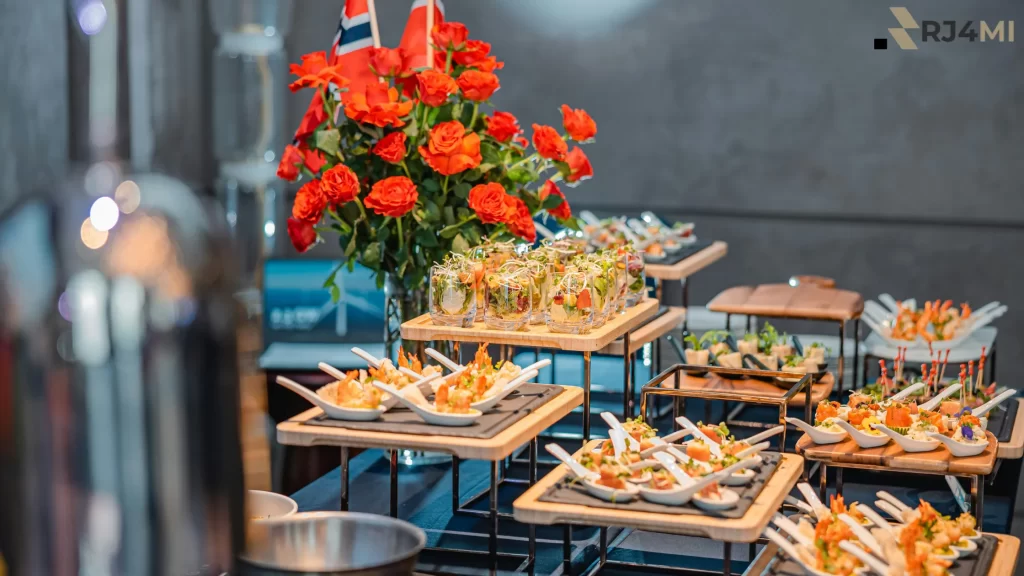
Festivals and Feasts: Celebrating with Food
Food is central to every celebration in the Philippines. In the Philippines, gatherings are a must. Food is key, whether it’s a local fiesta or the big noche buena (Christmas Eve dinner). Filipinos think no celebration is complete without a feast of traditional dishes. In the Philippines, families make special dishes during Christmas.
They often prepare lechon, bibingka (rice cakes), and queso de bola (edam cheese) for their festive meals. These are key components of celebratios and traditions food in the Philippines, bringing together generations to honor their cultural heritage.
Also Read: Rent a Food Truck for an Event: Fun & Delicious Catering
Food Tours: Exploring the Flavors of Filipino Festivaltios
A food tour through the Philippines will take you on a mouthwatering journey through its many traditional dishes. In southern Luzon, you must try kare-kare with tender pork or chicken. In the Visayas, enjoy sinigang made with fish or pork belly. Both dishes are served with steamed rice.
These Filipino dishes are the essence of celebratios and traditions food in the Philippines. During festivals, Filipinos come together in open-air markets and homes. They enjoy dishes like pancit and lechon. These meals often include a dipping sauce made from shrimp paste and soy sauce.
The Role of Filipino Food in Religious and National Celebratios
Food is key in Filipino religious celebrations. For example, families gather for a feast during noche buena on Christmas Eve. They enjoy dishes like roast pig, pancit, and bibingka. It’s a time for sharing and giving thanks; each dish has significance.
Pancit represents long life and is common at birthdays and special events. Lechon, a pig roasted over charcoal, is a must-try at Filipino gatherings. It plays a key role in celebrations and traditions in the Philippines.
Popular Filipino Dishes During Major Celebratios
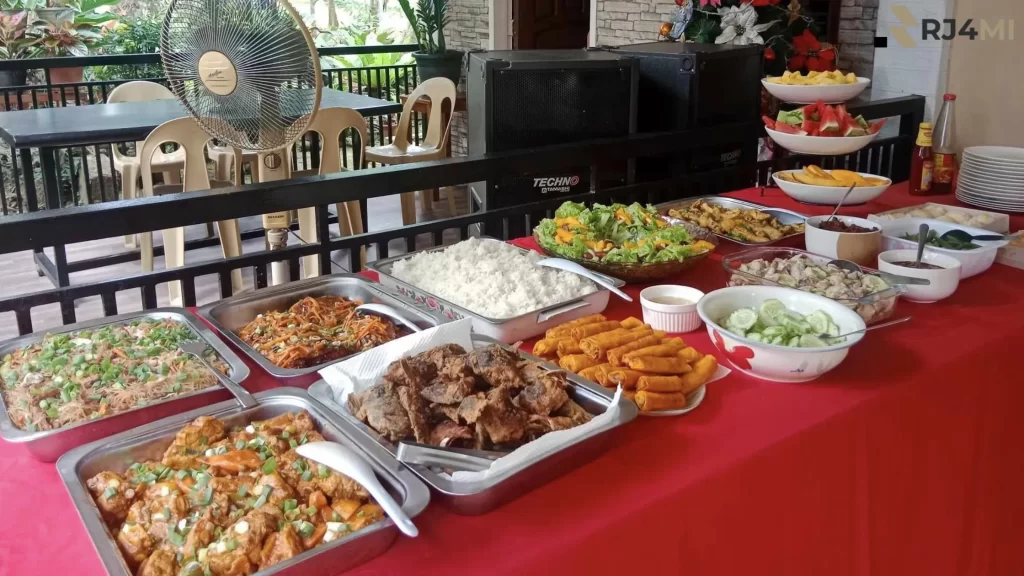
Lechon: The Star of Every Filipino Celebratio
Regarding Filipino celebration food, nothing beats the grandeur of lechon. Lechon, the whole roast pig, is an iconic Filipino dish that is a staple in almost every major celebration, whether it’s a wedding, birthday, or fiesta. The pig is marinated in soy sauce, fish sauce, garlic, and lemongrass, then slow-roasted over an open flame until the skin is crispy and golden.
The rich, juicy meat paired with a tangy dipping sauce made from vinegar and shrimp paste is a true Filipino delicacy, representing the essence of celebratios and traditions food in the Philippines.
Pancit: A Symbol of Long Life and Prosperity
Another Filipino dish that graces every special occasion is pancit. Pancit canton and pancit malabon are both noodle dishes. They symbolize long life and prosperity. This makes them great for birthdays and New Year’s celebrations. The noodles are stir-fried with pork, shrimp, and soy sauce. They also have vegetables like string beans and carrots.
This gives them a savory and slightly sweet flavor. For an authentic experience, try pancit at a Filipino restaurant. It often comes with a refreshing glass of coconut milk. As part of celebratios and traditions food in the Philippines, this dish is a favorite among families.
Also Read: Primary Source of Middle Ages Food Recipes: Tasty Discovery
Sinigang: The Comfort Food of Filipino Families
Sinigang, a sour soup made from tamarind and chili, is a Filipino meal often enjoyed during rainy days or family gatherings. The broth simmers with pork, shrimp, fish, and veggies like eggplant, string beans, and okra. This makes a dish that’s both hearty and comforting.
It’s food that unites people and evokes feelings of home. This makes it a favorite in Filipino households, especially during celebrations and traditions.
Kare-Kare: A Rich and Flavorful Filipino Stew
Kare-kare is a dish that exemplifies the beauty of Filipino cuisine—it’s hearty, rich, and full of flavor. Kare-kare features a creamy peanut sauce. It usually includes pork belly, ox tripe, and various vegetables, such as banana flower, string beans, and eggplant.
The dish is often served with a side of fermented shrimp paste, known as bagoong, which adds a salty contrast to the savory sweetness of the peanut sauce. This iconic dish is a staple in celebratios and traditions food in the Philippines, especially during the holidays.
Bibingka and Puto: Traditional Filipino Sweets for Holidays
Bibingka is often served during Christmas, typically enjoyed with a dollop of queso de bola and a sprinkle of salt and pepper. On the other hand, puto, which comes in various flavors and colors, is a Filipino dessert enjoyed during festivals and as a snack. It is a perfect addition to any celebratios and traditions food in the Philippines.
Also Read: Is Boiled Linseed Oil Food Safe? The Shocking Truth
Festivaltios and Their Signature Dishes
Fiesta Foods: The Best Filipino Dishes for a Local Celebratio
Fiesta in the Philippines is not just about the parades and music—it’s also about the food. Each region of the country has unique dishes served during these vibrant festivals. In Visayas, you’ll find pancit, while in Luzon, lechon is the highlight of every fiesta.
These dishes often come with Filipino appetizers. You can find lumpia (spring rolls) and chicharrón (crispy pork skin) among them. They all contribute to an amazing meal.

